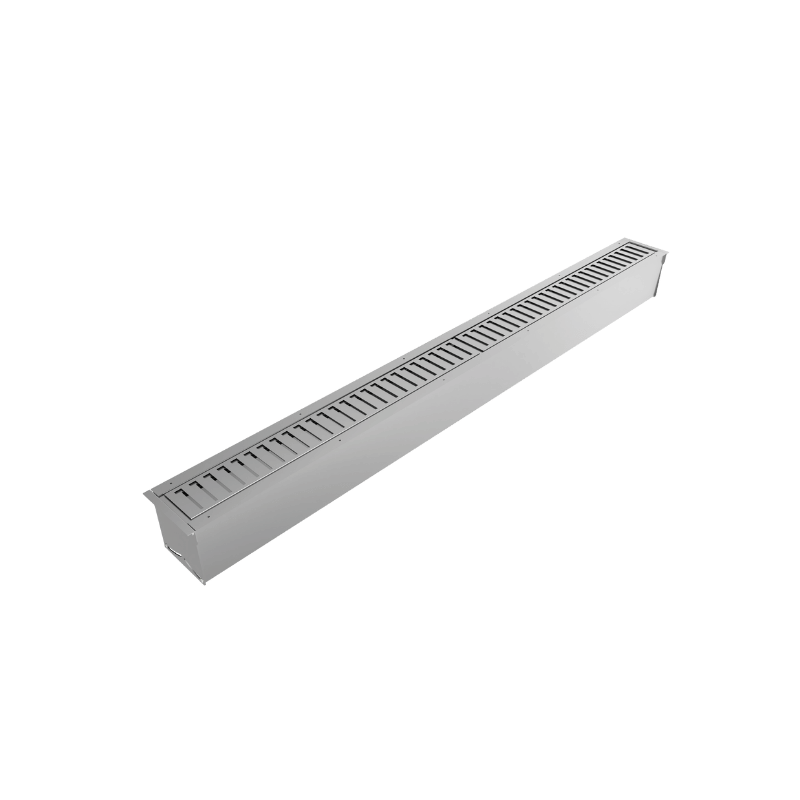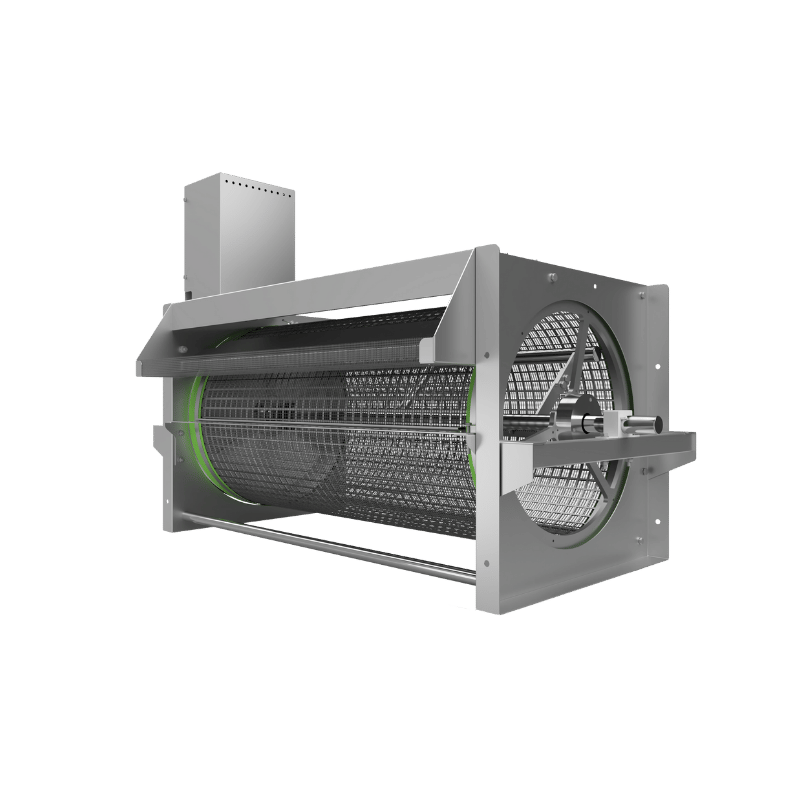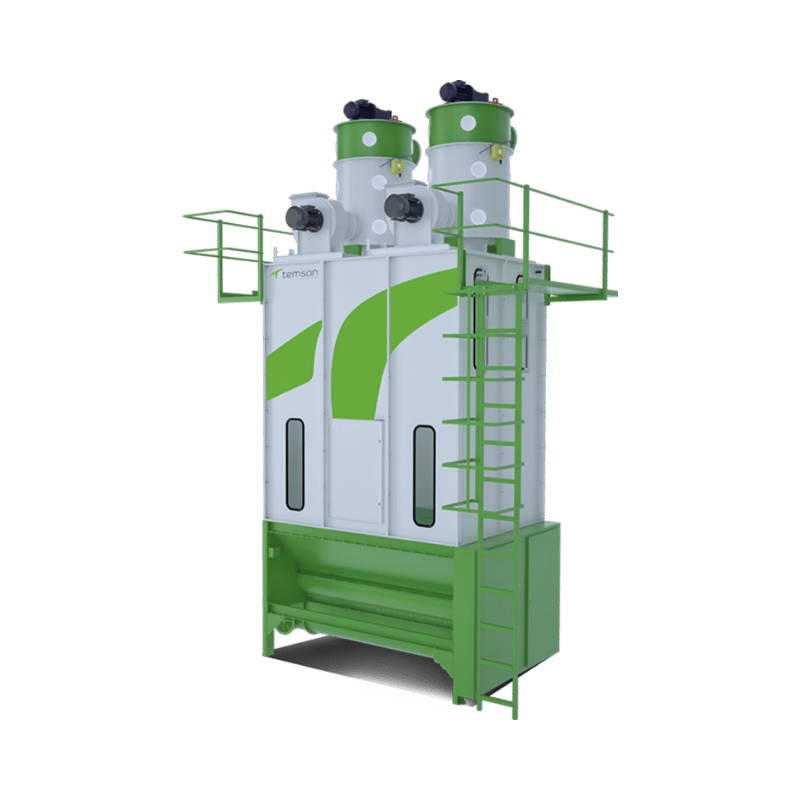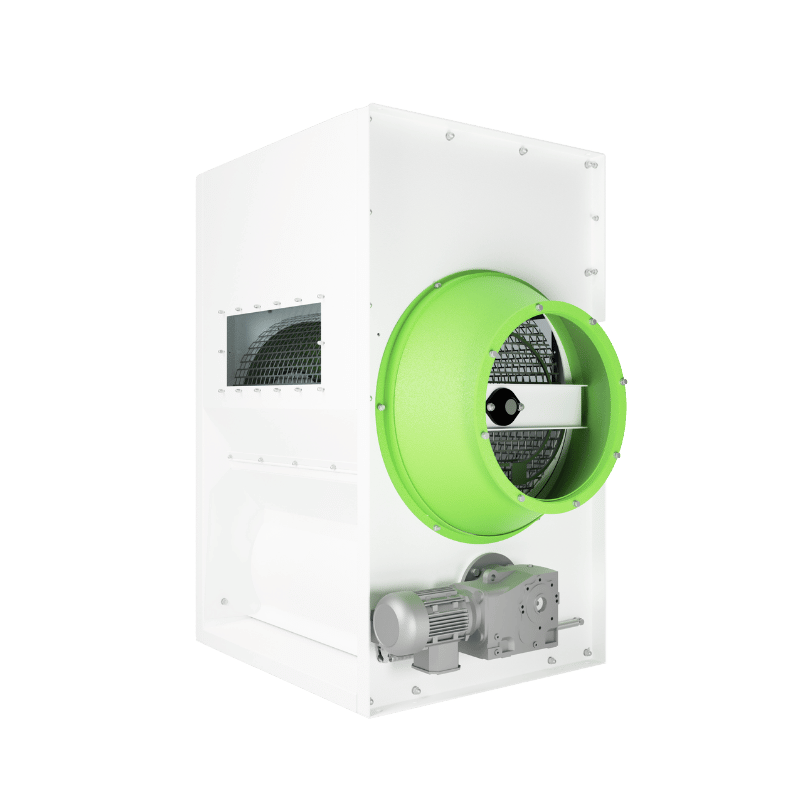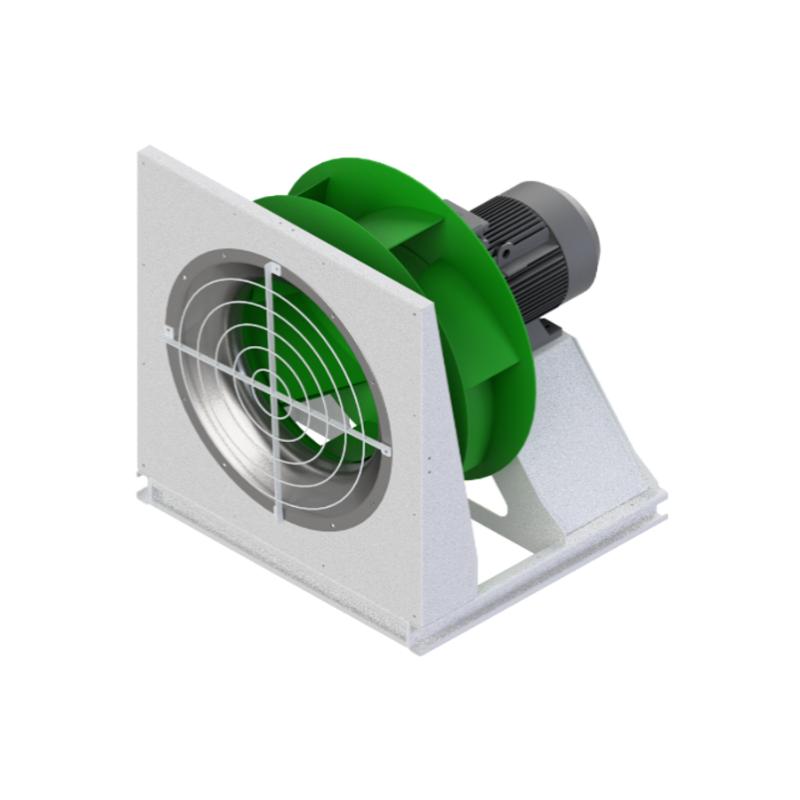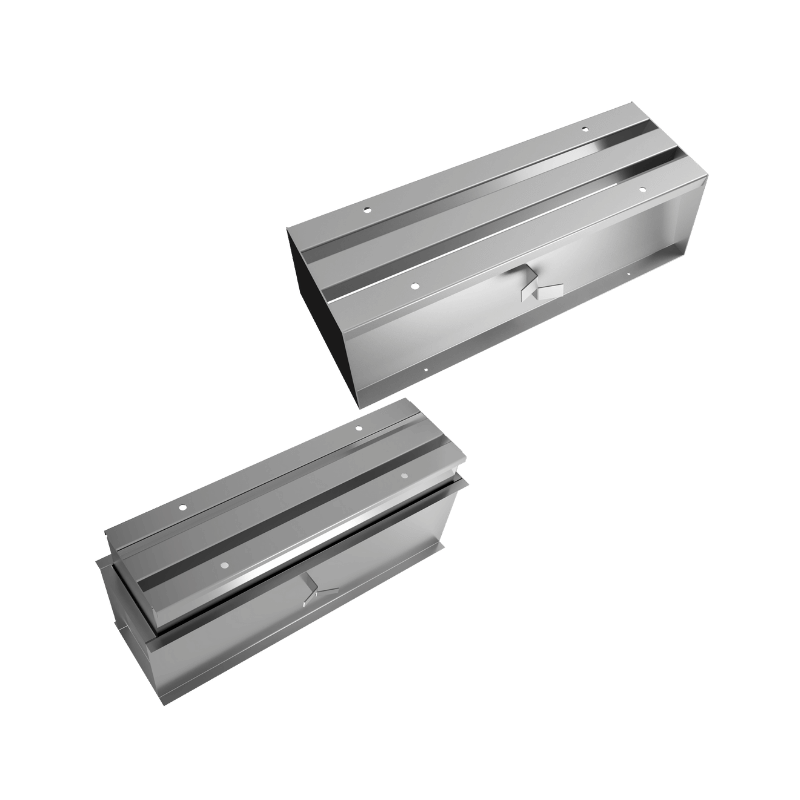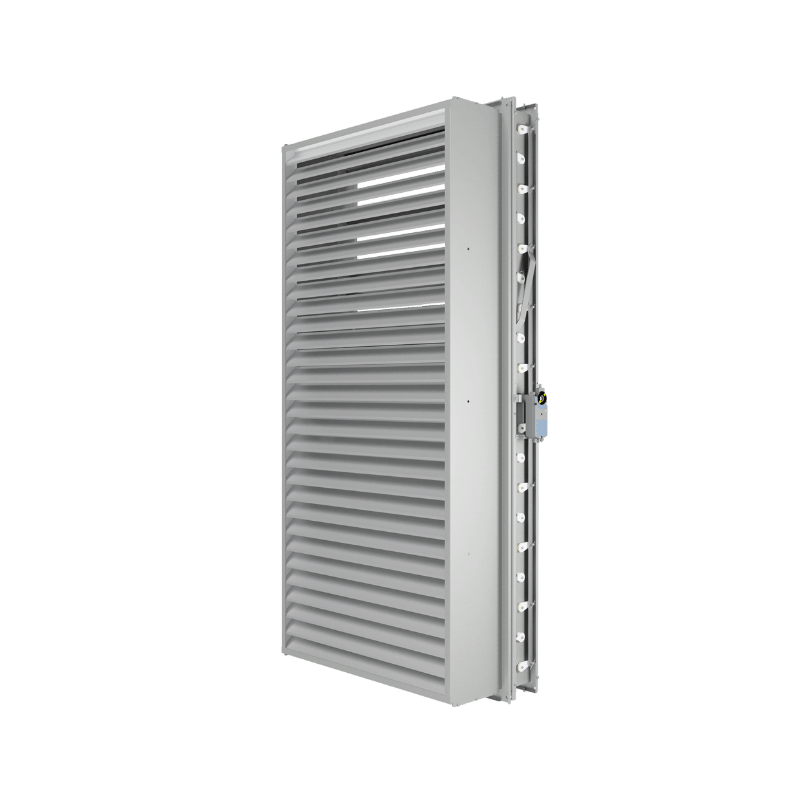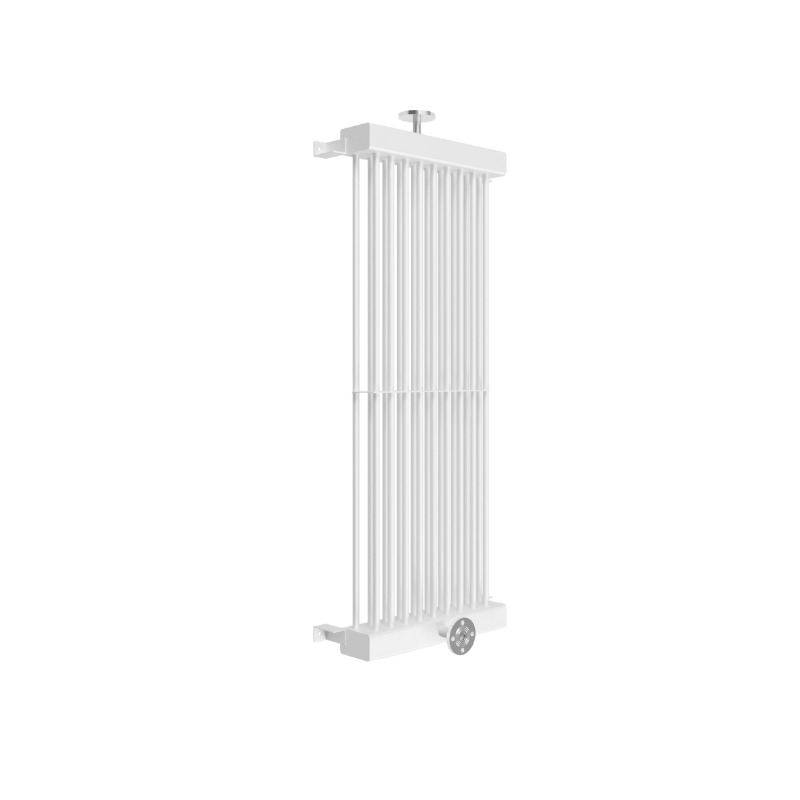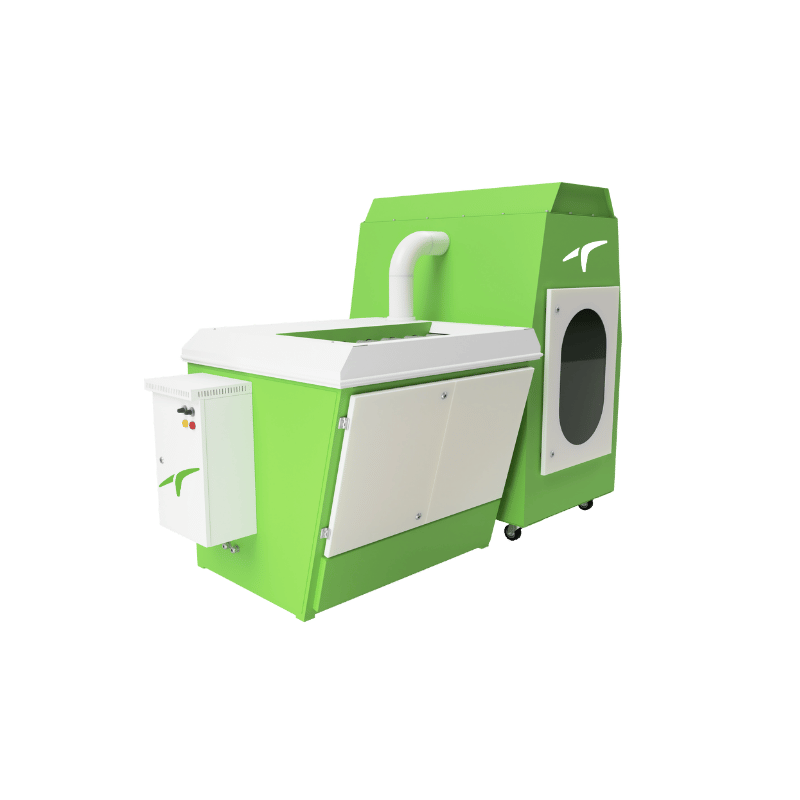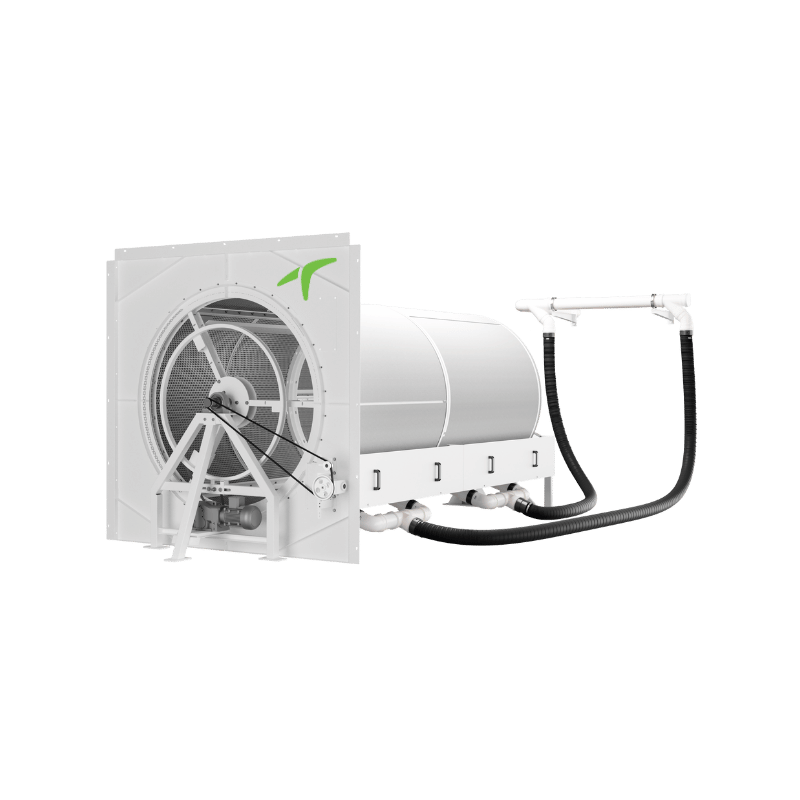OPEN END APPLICATIONS
Achieving top yarn quality in Open-End production depends on precise air management. Temsan’s specialized air conditioning and filtration solutions for Open-End operations stabilize ambient temperature and humidity, ensuring continuous production without fiber-related disruptions. Our system minimizes energy consumption and lowers operational costs through smart automation and efficient airflow design.
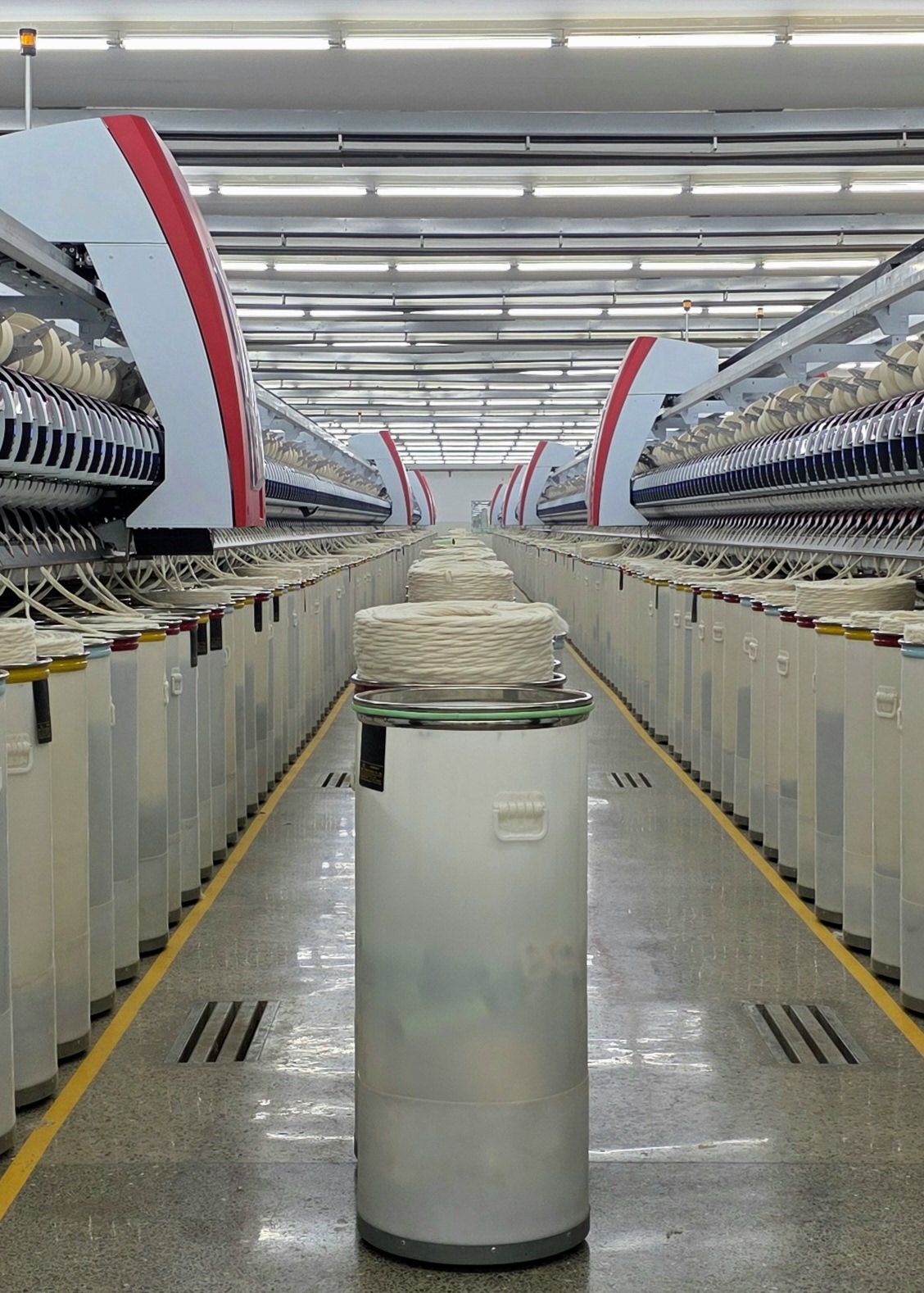
Optimizing Air Conditioning for OPEN END Efficiency
Maintaining proper humidity, temperature, air quality, and energy balance is essential in OPEN END halls. Below, you’ll find how each of these factors contributes to better yarn quality, lower costs, and higher machine efficiency.
Maintaining optimal humidity is essential for yarn quality, machine performance, and a stable environment.
- Prevents Yarn Breakage: Keeps fibers flexible and reduces breakage during processing.
- Minimizes Static Electricity: Prevents fiber clinging and processing disruptions.
- Reduces Fiber Fly and Dust: Maintains a cleaner working environment.
- Improves Yarn Strength & Uniformity: Ensures fiber cohesion and consistency.
- Enhances Machine Performance: Prevents fiber buildup in machinery.
- Optimizes Energy Efficiency: Stabilizes indoor environment and reduces load on equipment.
Result: Higher productivity, reduced waste, and better yarn quality.
Precise temperature control ensures fiber stability, operator comfort, and machine reliability.
- Prevents Fiber Dryness & Breakage.
- Controls Moisture Balance: Avoids over-drying or over-moisturizing fibers.
- Reduces Static Electricity.
- Enhances Machine Performance: Prevents overheating.
- Optimizes Energy Consumption.
- Improves Worker Comfort & Productivity.
Result: Smoother operations, higher yarn quality, and energy savings.
Clean air is essential for minimizing contamination and protecting equipment and staff.
- Removes Fiber Fly and Dust.
- Prevents Yarn Contamination.
- Increases Machine Longevity.
- Improves Worker Health & Safety.
- Enhances Filtration Efficiency.
- Meets Industry Compliance Standards.
Result: Fewer downtimes, consistent quality, and better workplace health.
Efficient systems lower operational costs and support sustainable textile manufacturing.
- Reduces Power Consumption with inverter-controlled fans and motors.
- Optimizes Airflow Management.
- Enhances Machine Efficiency.
- Uses Smart Automation for Real-Time Adjustments.
- Minimizes Maintenance Costs.
- Supports Sustainability Goals and Carbon Reduction.
Result: More sustainable operations with lower long-term energy costs.


Exhaust Separation System
Developed by Temsan – Proven Since 2007
Temsan’s proprietary Exhaust Separation System is designed specifically for Open-End spinning operations. It filters the hot exhaust air directly from the machines before it interacts with the hall’s return airflow.
Once filtered through the Rotary Filter, Temsan Aircon Automation intelligently determines whether the air should be:
- 🌬️ Exhausted to outdoors through exhaust dampers
- ♻️ Reused by mixing with hall return air in front of the Air Washer
This smart routing prevents heat accumulation, enhances air quality, and boosts energy efficiency across the system.
- ✅ Filters machine exhaust at source
- ✅ Dynamic exhaust or reuse decision
- ✅ Fully automated via Aircon system
- ✅ Enhances energy and climate performance
Key Components of Temsan Air Conditioning and Filtration Systems
Filtration Components:
Air Conditioning Components:
Duct Design and Components

Integrated Waste & Dust Management for Spinning

Waste Management Automation

Dust Management Automation
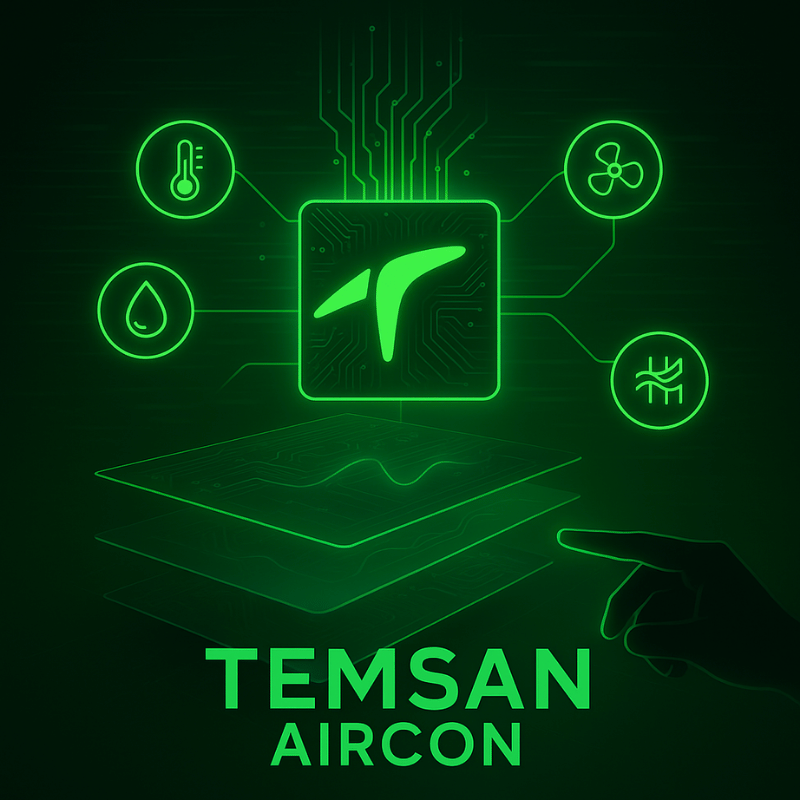
TEMSAN AIRCON
- Real-time monitoring of temperature, humidity, and airflow
- Inverter-controlled axial fans for energy-efficient air delivery
- Servo dampers automatically balance fresh, exhaust, and return air
- Mobile and web-based access through Temsan Aircon platform
- Automatic and manual operation via HMI and SCADA interface
- Chiller & heating compatability with easy management
- Designed to run energy efficient to reduce your cost with higher productivity
Key Considerations in Textile A/C and Filtration Systems

High-Quality Products

Energy Efficiency



